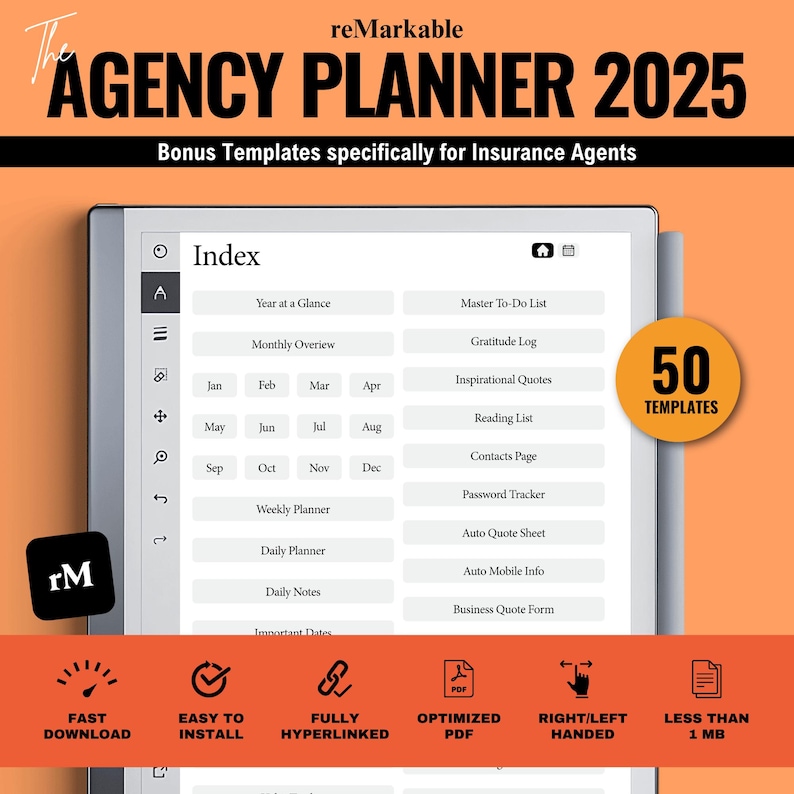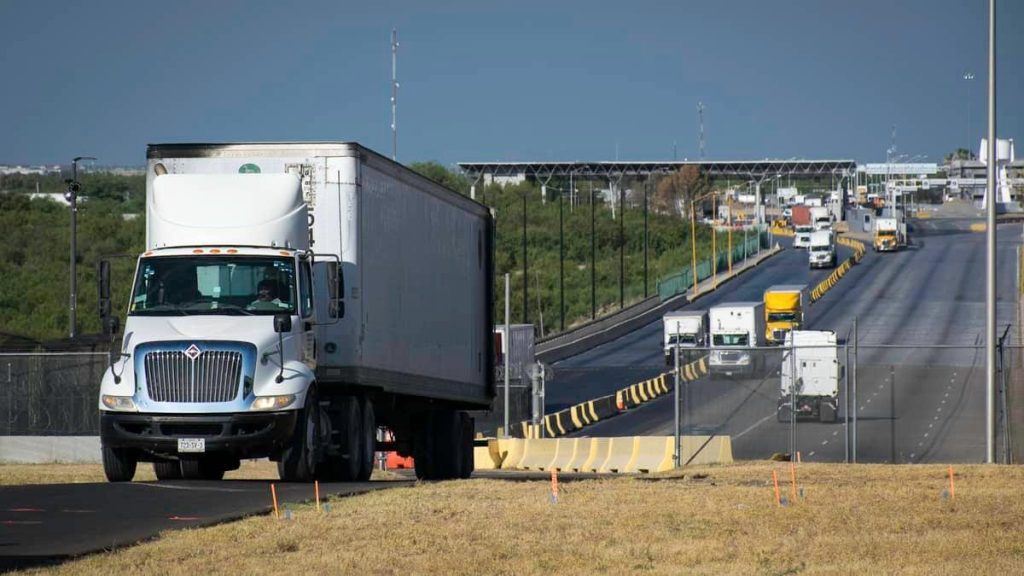Cross-border trucking is the backbone of international trade, powering economies by moving goods efficiently across borders. However, with this opportunity comes a complex web of regulations and risks—particularly when it comes to insurance. Navigating insurance for cross-border trucking is no simple task; it requires a clear understanding of the diverse coverage requirements, potential liabilities, and compliance standards that vary from country to country. In this article, we’ll break down what you need to know to protect your fleet, ensure legal compliance, and keep your operations running smoothly across borders. Whether you’re a seasoned carrier or just starting to explore cross-border routes, understanding these insurance essentials is crucial to safeguarding your business in an increasingly interconnected world.
Table of Contents
- Understanding Regulatory Requirements for Cross-Border Trucking Insurance
- Key Coverage Types and Risk Management Strategies
- Choosing the Right Insurance Provider for International Freight Operations
- Essential Documentation and Compliance Tips for Smooth Claims Processing
- In Conclusion
Understanding Regulatory Requirements for Cross-Border Trucking Insurance
When operating across international borders, trucking companies must navigate a complex web of insurance mandates that vary from country to country. Understanding these regulatory requirements is crucial to avoid legal pitfalls and ensure smooth transit operations. Most jurisdictions require carriers to carry minimum liability coverage that protects against bodily injury, property damage, and environmental harm. Beyond minimums, additional forms of coverage like cargo insurance, workers’ compensation, and pollution liability often become necessary, depending on the freight and routes involved.
Compliance also involves securing specialized documents such as the International Motor Insurance Card (commonly known as the Green Card in Europe) or the Carnet TIR for customs transit. Failure to obtain these certifications can result in hefty fines, vehicle impoundment, or even suspension of operating licenses. To stay compliant, trucking businesses should regularly update themselves on changes in cross-border insurance policies, engage with knowledgeable brokers, and maintain clear records to demonstrate adherence during inspections.
Key Coverage Types and Risk Management Strategies
When operating a cross-border trucking business, understanding the key insurance coverages is crucial for safeguarding your assets and ensuring compliance with international regulations. Primary coverage types include liability insurance to protect against damages to third parties, cargo insurance which covers loss or damage to the goods in transit, and physical damage insurance to handle repairs for your own vehicles. Additionally, consider non-trucking liability insurance for periods when the truck is not under dispatch and worker’s compensation to manage the risks associated with driver injuries across different jurisdictions. Each type plays a pivotal role in risk mitigation, providing a solid financial safety net when facing unpredictable cross-border challenges.
Effective risk management extends beyond simply purchasing the right policies. Implementing proactive strategies such as regular vehicle maintenance, comprehensive driver training, and thorough route planning can drastically reduce the likelihood of accidents and claims. Leveraging GPS tracking and real-time monitoring enables efficient handling of delays or emergencies. To navigate the complexities of international insurance requirements and minimize exposure, partnering with brokers experienced in cross-border regulations is invaluable. This combined approach—blending robust coverage with operational vigilance—forms the backbone of resilient, compliant, and profitable cross-border trucking operations.
Choosing the Right Insurance Provider for International Freight Operations
When venturing into international freight operations, selecting an insurance partner who understands the complexities of cross-border logistics is paramount. Look beyond just price and seek providers that offer comprehensive coverage tailored to diverse global regulations. This ensures you are protected against a wide range of risks, from transit damage to customs delays and geopolitical instability. An effective insurance provider should also demonstrate a deep knowledge of local laws in the countries your freight will traverse, empowering you to comply effortlessly while minimizing liabilities.
Evaluate potential providers based on several critical criteria, including:
- Claims responsiveness: Efficient, transparent claims processing is vital to minimize downtime and financial losses.
- Financial stability: Choose insurers with proven solvency to guarantee claim settlements when you need them most.
- Customization options: Insurance plans should be flexible to fit specific cargo types, routes, and shipping volumes.
- Global network presence: A provider with international affiliates or partners can offer localized support and faster resolution.
Opting for a trusted insurance partner is not merely a business formality but a strategic move to safeguard your entire supply chain integrity across borders.
Essential Documentation and Compliance Tips for Smooth Claims Processing
When it comes to claims processing in cross-border trucking, ensuring that all required documentation is meticulously organized and readily accessible can make the difference between a smooth resolution and prolonged complications. Key documents such as the bill of lading, proof of cargo value, insurance certificates, and customs paperwork must be gathered systematically. Always retain multiple copies—both physical and digital—to facilitate swift communication with insurers and customs authorities. Moreover, understanding the specific insurance policies’ terms and coverage limits before an incident occurs helps prevent surprises during claim evaluations.
Compliance is equally critical. Trucking companies should establish rigorous internal protocols that align with the regulations of each country involved in the transit route. This not only minimizes the risk of denied claims due to non-compliance but also demonstrates professionalism and reliability when negotiating with insurers. Consider implementing checklists to ensure every shipment meets legal and contractual requirements, and provide ongoing training for drivers and dispatchers to stay current with regulatory changes. Clear communication, thorough documentation, and strict adherence to compliance standards form the foundation for expedient and hassle-free claims processing.
- Maintain detailed logs of vehicle inspections and cargo conditions pre- and post-journey.
- Verify insurance policy boundaries for cross-border incidents and claim eligibility.
- Digitize records for easy retrieval and sharing with stakeholders.
- Engage legal counsel familiar with international transport law for complex claims.
- Conduct regular reviews of documentation procedures to close any compliance gaps.
In Conclusion
In the complex world of cross-border trucking, understanding the intricacies of insurance is not just a necessity—it’s a critical step to safeguarding your operations and peace of mind. By knowing the types of coverage required, staying compliant with regulations, and partnering with knowledgeable insurers, truckers and fleet managers can confidently navigate the challenges that come with international transit. Remember, thorough preparation today can prevent costly setbacks tomorrow, ensuring your cargo—and your business—arrive safely across every border. Stay informed, stay protected, and keep your wheels moving forward.






